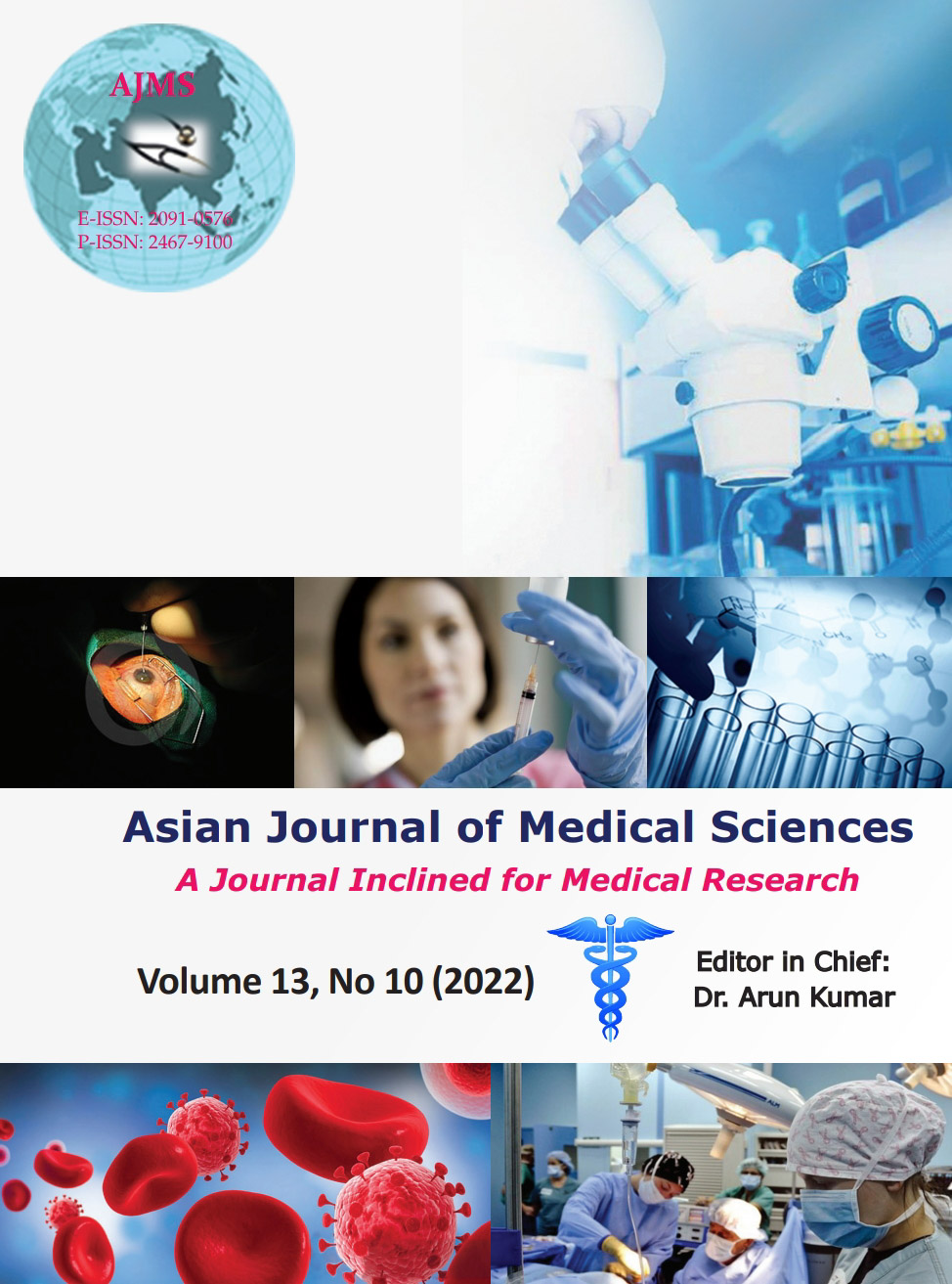I-GEL versus LMA classic: Comparison of two supraglottic airway devices in short surgical procedures
Keywords:
Laryngeal mask airway classic; I-Gel; Short surgical procedures; Ease of insertion; Insertion attempts; Hemodynamic changesAbstract
Background: Supraglottic airway devices are more efficient than endotracheal intubation in management of difficult airway and hemodynamic response.
Aims and Objectives: This study was undertaken for to compare laryngeal mask airway (LMA) Classic and I-Gel in terms of ease of insertion, insertion attempts, time taken for insertion, hemodynamic change, and adverse events after administering muscle relaxants for airway management in short surgical procedures.
Materials and Methods: A total of 120 patients of American Society of Anaesthesiologist 1 and II, aged between 18 and 50 years with Malampatti score 1 and II posted for elective short surgical cases were randomly allotted into two groups (n=60 in each), Group A for LMA Classic and Group B for I-gel. Patients were pre oxygenated with 100% O2 and pre-medicated. After induction and proper muscle relaxation, LMA Classic or I-GEL was inserted. The time and number of insertion attempts were assessed. Heart rate, Blood pressure, SpO2 recorded at the time of insertion, 1, 3, 5, and 10 min following insertion. The recorded results were analyzed statistically.
Results: The mean insertion time of Group A was 34.80±3.193 and Group B was 21.72±1.975. P<0.001 and in Group B all patients were successfully intubated at first attempt whereas in Group B 23.33% patients required second attempts. Hemodynamic changes were also less with Group B.
Conclusion: I-Gel has better hemodynamic stability. Ease of Insertion, insertion attempts and time taken for insertion are more convenient for I-Gel than LMA Classic after administering muscle relaxants.
Downloads
Downloads
Published
How to Cite
Issue
Section
License
Copyright (c) 2022 Asian Journal of Medical Sciences

This work is licensed under a Creative Commons Attribution-NonCommercial 4.0 International License.
Authors who publish with this journal agree to the following terms:
- The journal holds copyright and publishes the work under a Creative Commons CC-BY-NC license that permits use, distribution and reprduction in any medium, provided the original work is properly cited and is not used for commercial purposes. The journal should be recognised as the original publisher of this work.
- Authors are able to enter into separate, additional contractual arrangements for the non-exclusive distribution of the journal's published version of the work (e.g., post it to an institutional repository or publish it in a book), with an acknowledgement of its initial publication in this journal.
- Authors are permitted and encouraged to post their work online (e.g., in institutional repositories or on their website) prior to and during the submission process, as it can lead to productive exchanges, as well as earlier and greater citation of published work (See The Effect of Open Access).




